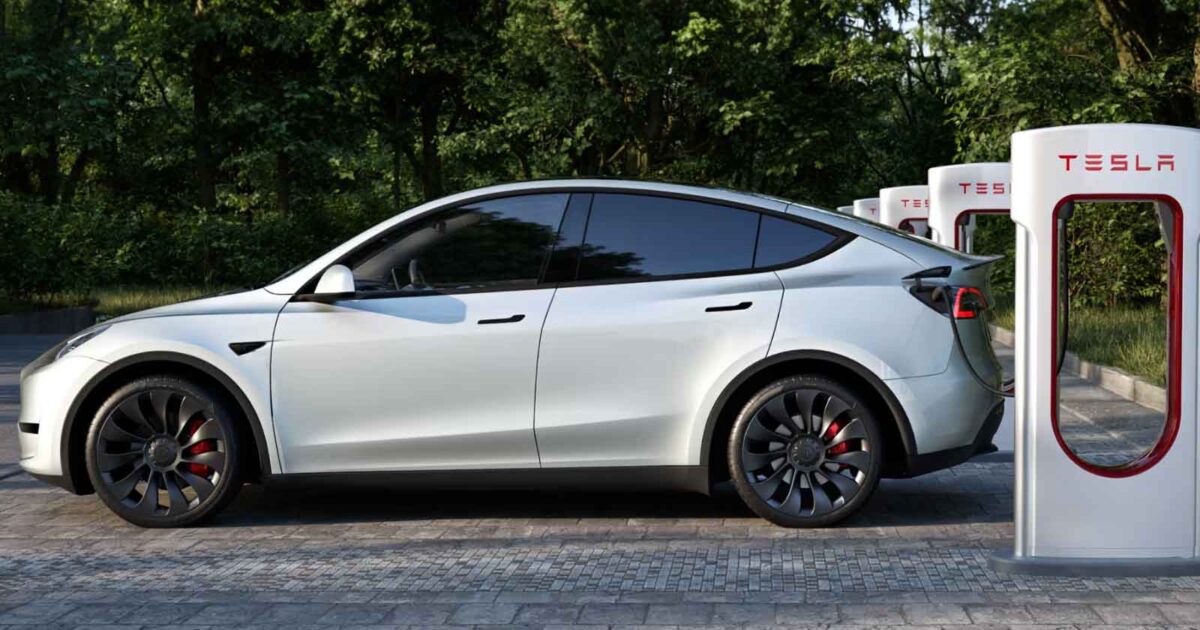
Tesla has revamped its model lineup to stimulate sales of its most sought-after vehicle.The latest iteration is not only more appealing than its predecessor but also offers enticing value, especially with the ongoing influence of tax credits in the U.S. electric-vehicle market.
This past weekend, Tesla unveiled a long-range rear-wheel drive Model Y on its website, boasting approximately 320 miles of range per charge, with a starting price of around $45,000. Prior to this update, the rear-wheel drive Model Y had a range of about 260 miles per charge and started at roughly $43,000.
Previously, there wasn’t an option for long-range capabilities. With this update, the standard-range Model Y has been removed from the configuration list. Essentially, Tesla has extended the range of the base Model Y by 60 miles per charge for an additional cost of approximately $2,000.
The options and pricing for the all-wheel, dual-motor Model Y remain unchanged. These include a long-range all-wheel drive model with approximately 310 miles per charge, starting at around $48,000, and a performance model with approximately 280 miles per charge, starting at about $51,000.
Tesla did not provide a comment in response to inquiries about the change.
All Model Y vehicles qualify for a $7,500 purchase tax credit from the federal government, which is applied at the time of purchase. Consequently, considering only the base configuration and excluding delivery fees, the new long-range Model Y costs buyers approximately $37,500 after accounting for the tax credit.
In comparison, the standard range Model 3 offers about 270 miles per charge but does not qualify for any tax credit, starting at $39,000. Thus, despite being a smaller car with similar acceleration, it provides less range for a higher price.
With these adjustments, the new Model Y appears to offer significantly better value, further highlighting the influence of tax credits in the U.S. EV market.
It’s worth noting that only the performance version of the Model 3 qualifies for the federal tax credit, with eligibility depending on factors such as the origin of batteries and battery materials. Tesla manufactures some batteries in-house while sourcing others from battery makers like China’s Contemporary Amperex Technology Co. Ltd. (CATL).
The significance of these tax credits is evident in Tesla’s sales figures. According to data from Cox Automotive, Tesla sold 30,842 Model 3s in the U.S. in the first quarter of 2024, marking a 44% decrease compared to the same period last year.
Meanwhile, sales of the Model Y reached 96,729 units in the U.S. during the same quarter, representing only a modest 1.4% increase from the previous year. Nevertheless, the Model Y accounted for approximately 35% of all U.S. battery electric vehicle sales in the quarter.
It appears that Tesla is banking on extended range to fuel sales growth for its flagship model.
On Monday, Tesla’s stock rose by 2%, closing at $184.76, while the S&P 500 and Nasdaq Composite indices increased by approximately 1% and 1.2%, respectively.
Year-to-date, Tesla’s stock has declined by 26%, significantly underperforming the S&P 500 by 34 percentage points. However, shares have rebounded by approximately 30% from a 52-week closing low reached on April 22, following better-than-expected first-quarter earnings, which improved investor sentiment.



